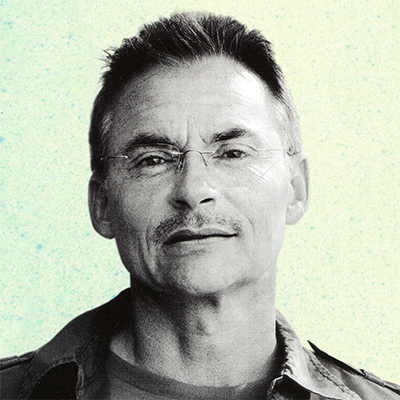3 Who Speaks for the Moon?
Indigenous Caretakers of Space and the Sacrifice Zone
D.D. Hawk, Iroquois Confederacy Oneida
Introduction
We come from Skyworld; it is our beginning and, is who we are as Indigenous People. In Skyworld lives our relative, the Moon. With the Artemis Space Program, we visit the Moon to stay, live, work, research, explore, and mine it. The sum impacts of going back to the Moon to stay, creates a new Sacrifice Zone (Bullard, 1993).
Sacrifice Zones (SZ) exist when we fail to consider aggregate risks. As compared to Apollo Era lunar landers, the Artemis Program is not considering the millions of pounds of engine thrust, per landing, that will eject high velocity dust and regolith into outer space from the one-sixth lunar gravity. Outer space then becomes the new Sacrifice Zone because we ignore due regard to the vast amounts of ejected lunar dust and regolith expected to orbit our relative, the Sun.
The Precautionary Principle is a broad approach that infers lunar spacecraft engine innovation has the potential for causing harm to all of humanity when blowing dust and regolith into lunar space. Today’s spacecraft thrust can be as much as 450 times that of the Apollo Era. Without the use of dedicated landing pads, the large lunar lander and ascent vehicles invoke the Precautionary Principle. The Precautionary Principle therefore is the foundation principle to that of due regard and is a legal principle.
In the Declaration of Legal Principles Governing the Activities of States in the Exploration and Use of Outer Space we declare in item 6 the following. In the exploration and use of outer space, States shall be guided by the principle of cooperation and mutual assistance and shall conduct all their activities in outer space with due regard for the corresponding interests of other States. If a State has reason to believe that an outer space activity or experiment planned by it or its nationals would cause potentially harmful interference with activities of other States in the peaceful exploration and use of outer space, it shall undertake appropriate international consultations before proceeding with any such activity or experiment. A State which has reason to believe that an outer space activity or experiment planned by another State would cause potentially harmful interference with activities in the peaceful exploration and use of outer space may request consultation concerning the activity or experiment.
Consultation concerning lunar exploration is not limited to lunar space as the triboelectrically-charged nanophase iron dust is expected to increase and fill the lunar ionosphere sheaths with lunar surface charge regions. Large lunar landers are expected to increase the Lunar Horizon Glow. High altitude Lunar Horizon Glow nanophase iron exospheric dust was sketched by all three Apollo 17 astronauts (Zook & McCoy, 1991). Thus the phase of the Moon matters because the submicron dust becomes electrically charged by the solar wind and is ejected above the lunar surface by local electric fields.
Notwithstanding close proximity lunar dust induced electrical-charged sandblasting when combining the phase of the Moon, such as a full Moon, while increasing lunar regolith blast ejecta during large landing and ascent operations over the same time, will increase the lunar nanophase iron dust hazards for astronauts living and working on the Moon. The potential harm from increasing and exposing the triboelectric nanophase iron dust to both astronauts and lunar equipment are not yet known. Therefore, we must be Precautionary Caretakers, to better understand how landing and ascent operations during certain phases of the Moon impact astronauts and both the lunar ionosphere and exosphere as the expectation would be an ever-increasing concentration of lunar dust increasing Lunar Horizon Glow.
World Indigenous Peoples are Caretakers of Space and we Speak for the Moon. We ask for due regard and request consultation concerning the activity of landing large lunar vehicles on the surface of the Moon that will unnecessarily eject tons of lunar dust and regolith into space impacting life on Earth.
References
Bullard, R. (1993). Confronting environmental racism: Voices from the grassroots. South End Press.
Zook, H. & Mccoy, J. (1991). Large scale lunar horizon glow and high-altitude lunar dust exosphere. Geophysical Research Letters, 18(11). 2117-2120. https://doi.org/10.1029/91GL02235

